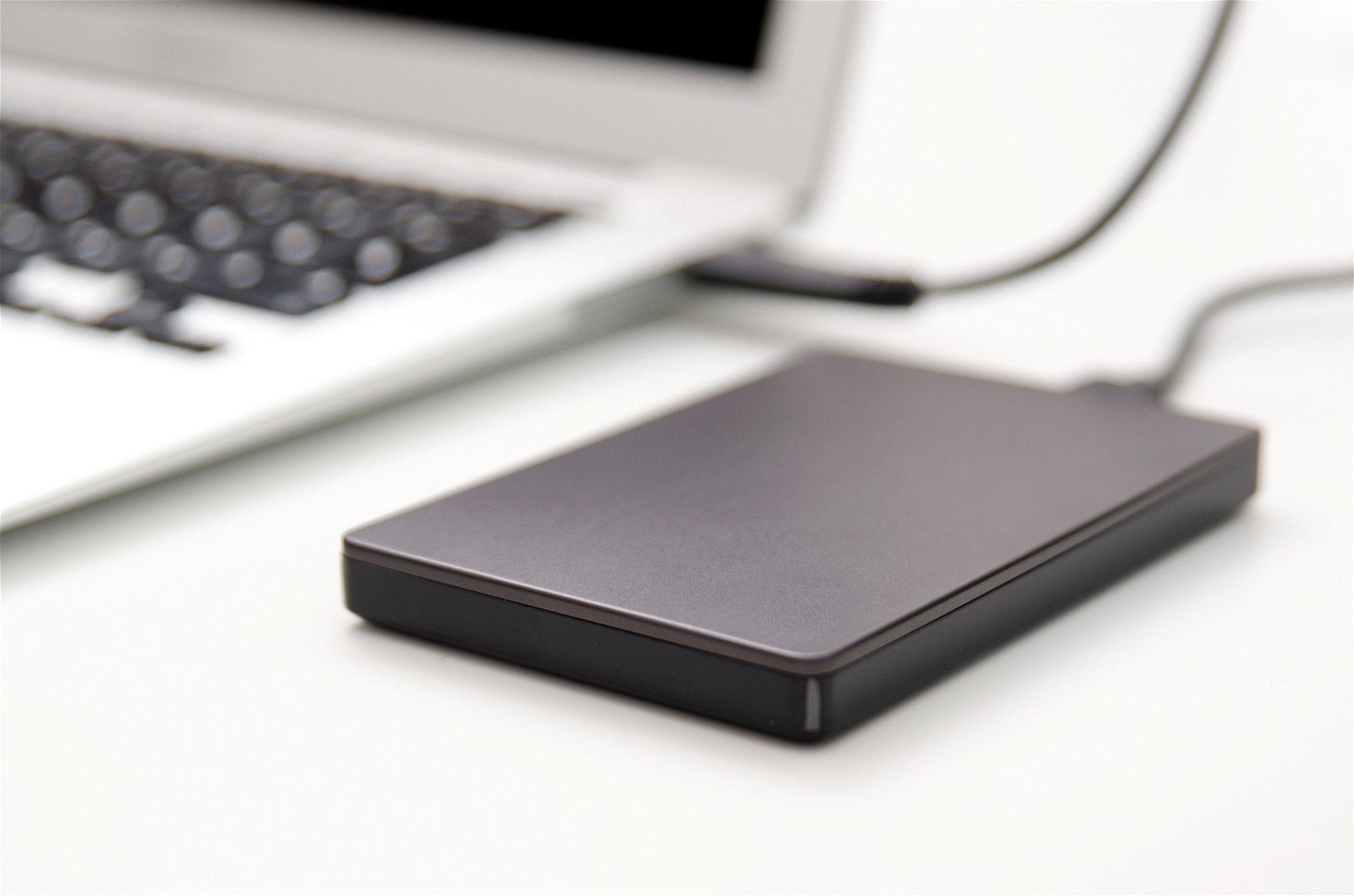Samsung HD300LD: UltraATA/100

Il modello UltraATA non è molto differente dal modello Serial ATA, ma curiosamente offre prestazioni leggermente peggiori. La causa principale è da ricercarsi nella mancanza del Native Command Queuing dell'interfaccia SATA, la quale aumenta l'efficienza di estrazione dati. D'altra parte, la stessa statistica si applica al HD300LD come al HD300LG ? vale a dire: 7,200 rpm, 8 MB di cache e form factor 3.5".


| Sistema Hardware | |
|---|---|
Processore | 2x Intel Xeon Processor (Nocona core) 3.6 GHz, FSB800, 1 MB L2 Cache |
Piattaforma | Asus NCL-DS (Socket 604) Intel E7520 Chipset, BIOS 1005 |
RAM | Corsair CM72DD512AR-400 (DDR2-400 ECC, reg.) 2x 512 MB, CL3-3-3-10 Timings |
Hard Disk di Sistema | Western Digital Caviar WD1200JB 120 GB, 7,200 RPM, 8 MB Cache, UltraATA/100 |
Controller dischi di archiviazione di massa | Intel 82801EB UltraATA/100 Controller (ICH5) Silicon Image Sil3124, PCI-X |
Rete | Broadcom BCM5721 On-Board Gigabit Ethernet NIC |
Scheda Grafica | On-Board Graphics ATI RageXL, 8 MB |
| Impostazioni e Benchmark | |
Misurazione Prestazioni | c't h2benchw 3.6 |
PCMark05 | Hard Drive Benchmark |
Prestazioni I/O | IOMeter 2003.05.10 Fileserver-Benchmark Webserver-Benchmark Database-Benchmark Workstation-Benchmark |
| Sistema Software e Drivers | |
OS | Microsoft Windows Server 2003 Enterprise Edition, Service Pack 1 |
Driver Piattaforma | Intel Chipset Installation Utility 7.0.0.1025 |
Driver Grafici | Default Windows Graphics Driver |


